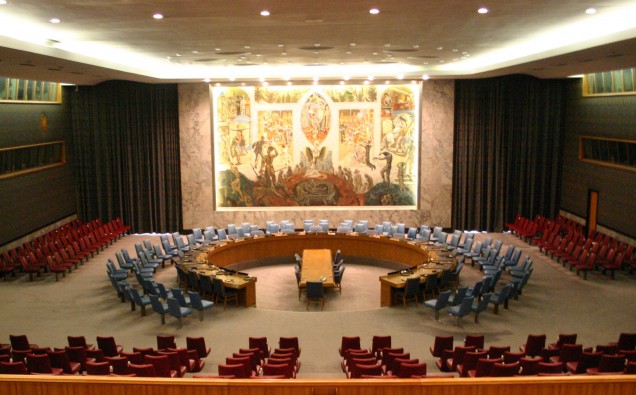
Unable to sketch alternative options over sanctions, world powers mull new punitive measures after another nuclear test by North Korea, which says it has detonated even a deadlier device – hydrogen bomb.
It may take many more days and perhaps weeks to verify if the reclusive state is within the reach of a thermonuclear bomb, a menacing prospect for the world peace, more so for the United States seen as a sworn enemy by Pyongyang.
Even, if untrue, the latest test which came after detonations in 2006, 2009 and 2013, will bring North Korea a step closer to its ambitions of having a hydrogen bomb — much more powerful than an atom bomb that can be smaller in sizes and deliverable by missiles.
The world’s first thermonuclear bomb was tested by the United States on the eve of Halloween in 1952 on the Marshall Islands. With an explosive yield of 10.4 megatons, the “Ivy Mike” test had around 700 times the explosive power of the weapon dropped on Hiroshima in 1945 that killed 160,000 people, according to the Preparatory Commission for the Comprehensive Nuclear-Test-Ban Treaty Organization (CTBTO), whose main tasks include promotion of the Comprehensive Test Ban Treaty.
The Soviet Union responded with “Joe 19” in 1955, a bomb which was air-dropped over the Semipalantinsk test site. Other countries which have tested hydrogen bombs include Britain (1957), China (1967) and France (1968). Ivy Mike was the fourth largest U.S. nuclear test ever conducted.
According to CTBTO, mastering thermonuclear weapons technology makes it possible for countries to miniaturize their weapons, allowing for flexibility in delivery and yield.
Even a slightest possibility of North Korea’s “erratic leader”, Kim Jong-un, having its hands on such weapons, thus, makes it a very worrisome prospect for the world powers. Like his father, Kim has used nuclear weapons development as a pillar of his country’s national strategy.
While neighbors South Korea and Japan are under direct threat, North Korea boasts missiles that can hit as far off as the Philippines. The U.S. Department of Defense’s 2010 Ballistic Missile Defense Review estimates that a North Korean Taepodong-2 rocket “could reach the United States with a nuclear payload if developed as an ICBM,”
North Korea signed the Nuclear Nonproliferation Treaty in 1985, but pulled out eight years later to pursue its nuclear program. The regime has been under a host of U.N. and other sanctions since 1993 that include arms embargoes, bans on imports of luxury goods and restrictions on international banking.
But these sanctions have failed to halt the country’s nuclear pursuit, which has benefitted from intensified commercial and trade ties with China, its closest ally. Nearly three-quarters of North Korean trade transit through Chinese territory.
China, however, joined the United States and Russia in condemning the Jan. 6 underground test, but it is yet to be seen as to how far it will go to help denuclearize the Korean Peninsula.
U.S. Secretary of State John Kerry told a Jan. 7 press briefing during his trip to China, most of that time was spent on North Korea and China said it had a particular approach it wanted to make with regard to that country.
Kerry said in his telephonic talks with the Chinese counterpart earlier in the day, he made it clear that that has not worked and “we cannot continue business as usual”.
U.S State Department spokesman John Kirby later told reporters despite failures of past punitive actions, the United States would keep increasing pressure through sanctions, saying “we all recognize that open conflict on the peninsula is not a place you want to go”.
He said sanctions on North Korea could have been tougher, but there wasn’t consensus and unanimity at the Security Council level for that. The recent nuclear test, he said, has given another opportunity to “put in place a tougher sanctions regime with even stronger enforcement methods to try to increase the pressure and change his calculus. It is very hard to do.”














